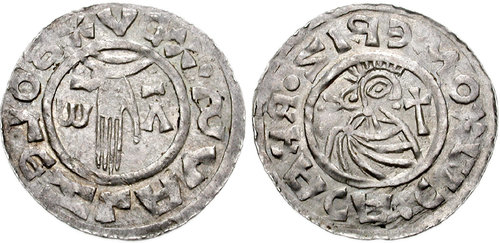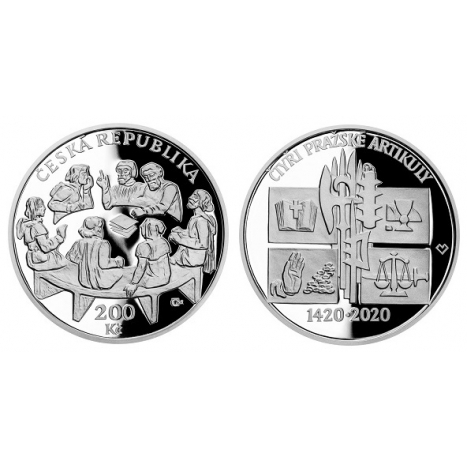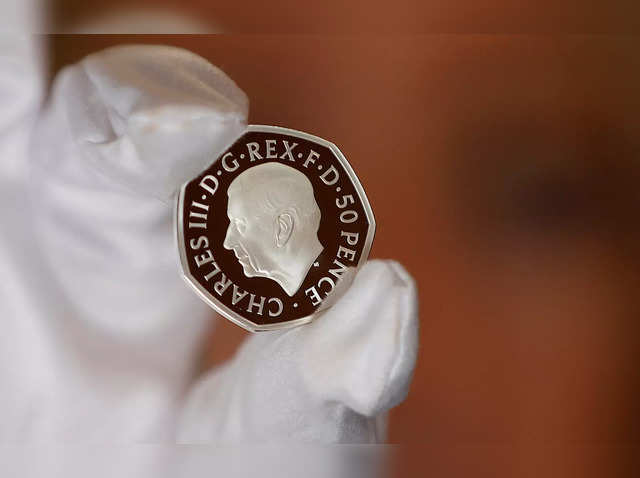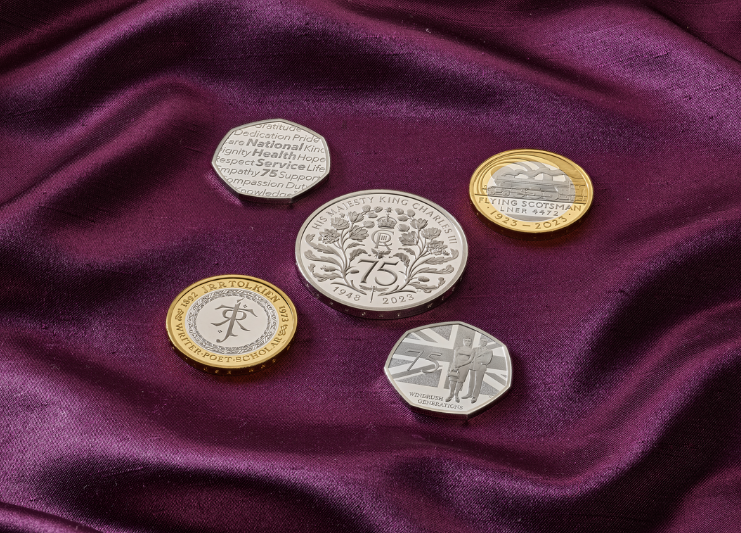Free Advice For Engraving Czechoslovakia Medals
Wiki Article
How Is A Plaster Mold Used To Make An Initial Physical Representation Of A Gold Coin Or Medal?
A gold coin or medal design is used as a design reference by the designer or artist. The design may be drawn with a pencil or pen, or an image created with graphics software for design. Other materials such as wax and clay could be used.
Plaster Mixing- Plaster with water are mixed to form a smooth consistency. The mixture must be free of lumps and smooth in order to make sure there is a clean mold.
Making the BaseThe base, also known as a platform is prepared where the maquette will be sculpted. The base could be a wooden plank or an even surface for stability.
The artist begins by making a model using the gold-colored design. It involves shaping the plaster in order to create a relief or three-dimensional representation of the coin, or medal.
Detailing and Refinement - The artist creates details to the design, refines the contours and ensures the accuracy of proportions and design elements. This requires careful attention to detail and precision.
Allowing time for drying and setting- After the sculpting is done, the sculpted plaster must be allowed to dry and settle. This allows the maquette to set and keep its shape.
After drying, the surface is cleaned to remove bumps, imperfections or rough areas.
Preservation and SealingIn order to protect the maquette, and to prepare it for other processes such as scanning or molding the maquette, a sealant or protection layer could be applied on the surface.
The resulting plaster maquette serves as a tangible, three-dimensional depiction of the gold medal or coin design. It is a tangible reference to guide the next steps in production. It is possible to use it to create digital replicas or make molds for mass production. Artists can use it as a model to help them visualize and improve their designs prior to the finalization of their design. Read the most popular Prague Mint gold medals plaster molds more examples. including gold medal of olympic, buy gold pieces, double eagle gold coin, twenty dollar coin, congressional gold medal, kruger rand, gold bullion, one ounce gold bullion, gold doubloons, 20 dollar gold coin and more.

What Is The Reason Why Gold Coins Or Medal Dies Go Through The Process Of Hardening By Vacuum?
The technique of vacuum hardening is employed in the making of gold coins or medals. The process involves heating dies to high temperatures, then exposed to controlled conditions inside a vacuum. Here's the overview for the dies for vacuum hardening.
Dies used for making medals or coins are created by ensuring they are clean and free from any contaminants or residues.
The loading process is done in the vacuum Furnace
The dies can be placed in a vacuum oven that creates a vacuum within the heat-treating area.
Evacuation Air-
The vacuum oven eliminates all air from the room creating an environment free of oxygen and other gases. This eliminates oxidation, and also ensures a uniform heating.
Heating Phase -
The furnace then gets heated up to the desired temperature to harden the dies. The temperature is determined by the material used as well as how it is to be cured.
Soaking at high temperatures
Die dies are kept at temperatures that are high for the exact duration necessary to ensure that the material is able to reach and maintain the required hardness.
Quenching or cooling
Die dies are quickly cooled or quenched after soak. The rapid cooling process is able to lock in the desired strength and hardness in the metal.
Tempering (Optional).
In certain cases, process of hardening can be followed by a tempering procedure. Tempering involves reheating dies to a lower temperature to reduce internal stress and increase durability while maintaining the toughness.
Quality Control Inspection
Dies with hardened material must undergo rigorous quality control and inspections to attain the desired toughness, hardness, or tolerances.
Post-Treatment Handling-
Die dies are then polished or coated, and used to strike coins or medals.
The method of vacuum hardening improves die durability and wear resistance and also the life span of dies used to strike silver or gold coins as well as medals. This process produces a controlled and safe environment free of atmospheric contaminants to ensure a consistent and reliable process of hardening. This also enhances the overall quality of the final product. Take a look at the recommended vacuum hardening Czechoslovakia gold medals blog examples including 1 oz gold coin, gold dollar coin 2000, gold price jm bullion, american gold eagle, price of gold 1 oz today, hidilyn diaz, gold sovereign, gold bars for sale near me, chinese gold coins, gold medals michael phelps and more.

What Are The Different Ways That Gold Coins And Medals Are Coated In Order To Guard Them?
Here are a few various coating methods used. Here are some different coating techniques.
Clear Protective (Varies). A protective clear coating such as lacquer can be used to protect surfaces from corrosion. The coating is able to protect and preserve the original look of the medal or coin.
Improvement of Appearance
Gilding and plating with gold: Gold coins or medals may be plated with a thin gold layer. This gives the coin or medal a more luxurious, lustrous finish.
Aesthetic Effects
Antique finishes and patinas can be made by chemical treatments or coatings. This process creates an aged or oxidized appearance to the surface. It adds character and depth to your design.
Coloring or Colorization- In some cases, specific portions of the coin or medal are colored using specialized coatings or enamels that highlight the design elements, add contrast or create visual interest.
Anti-Tarnish Coatings-
Anti-Tarnishing Solutions – These coatings are applied to coins and medals that feature intricate designs and areas prone for tarnishing. The coatings are intended to prevent the metal from discoloring or oxidizing as time passes.
Specialized Coatings for Security or For Authentication
UV-Reactive Coatings. Certain metals and coins have a special UV-reactive coating that reacts to UV light. It can reveal hidden components like encryption or security codes.
Selective Coatings to Block Contrast
Selective Coating RemovableIn certain instances the coatings of coins or medals are removed in a selective manner to create contrast when polished and coated surfaces.
Every coating process is developed to serve a specific objective. It could be used to add aesthetic or security benefits or even to safeguard the metal. These coatings can have a major impact on the durability and aesthetic appeal of gold coins and medals. They also boost the value of these items. Check out the recommended coating Czechoslovakia gold medals website recommendations. including 1 10 oz gold coin, gold coin dealers near me, angel coin, sacagawea gold dollar, buying silver, 20 dollar coin, sell gold silver near me, guardian angel coin, gold price jm bullion, price of 5 dollar gold coin and more.

How Are Gold Blanks Being Fed Into Coin Presses, And Stamped Under The Pressure Of High During Minting?
During the process of minting, gold-plated blanks need to be placed in coin presses and stamped with high pressure to become finished coins or awards. This is a brief overview of the steps involved in loading blanks.
Incorporating gold blanks into a feeder attached to a coin press happens after they've been cleaned, inspected and evaluated. This feeder system will provide a constant quantity of blanks for the coin press.
Blanks for Feeding to the Press
The feeding system was designed to direct the blanks in one-by-one into the chamber for striking. This ensures precise positioning of each blank prior to stamping.
Alignment of Positioning
The blanks are positioned and positioned in the chamber for striking of the press to ensure that they are perfectly centered to be used for stamping.
Moving at High Pressure
The coin presses apply massive pressure on gold blanks by using a pair dies -- one stationary and the other mobile. The stationary die leaves a negative impression on the design of the coin, while the one that moves is the hammer that strikes the blank.
The die that is moving strikes the blank with great force and transfers the design onto the blank's surface. The force exerted by dies imprints the design, creating the raised relief and details on the coin or medal.
Striking repeatedly is optional.
Multiple strikes can be used to create a sharply drawn design or image on better quality coins and medals. Each strike improves the finer details of the surface of the blank.
Ejection and Collection
After they have been struck, the newly minted coins or medals are removed from the press, and then placed in trays or containers. They are examined for quality control to ensure that the stamped designs meet the specified standards and criteria.
Post-Processing-
Alongside edge lettering and edge reeding depending on the design specifications or mint specifications, certain coins or medals will undergo post-strike or other treatments.
The process of stamping gold blanks using high pressure is essential because it prints the design desired onto them, making them completed coins and medals that can be used for celebration and collection, or even circulation. Precision is required, as even a slight variation in the pressurization or the alignment of the gold blanks can result in a negative impact on the appearance and quality of the finished product. View the top rated minting Prague Mint gold coins site info. including 1 4 oz gold coin, gold and silver dealers near me, 1999 gold quarter, 1979 gold dollar, american buffalo coin, gold morgan dollar, gold eagle coin price, chinese gold coins, 20 dollar coin, 20 dollar gold coin and more.
